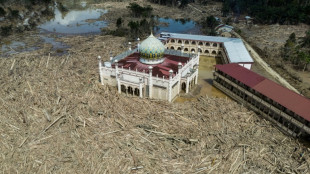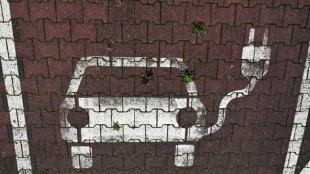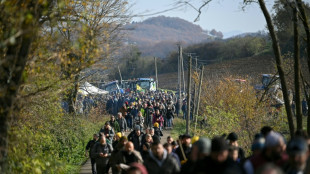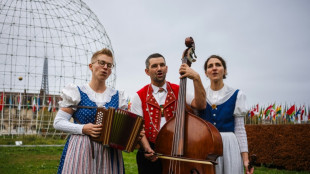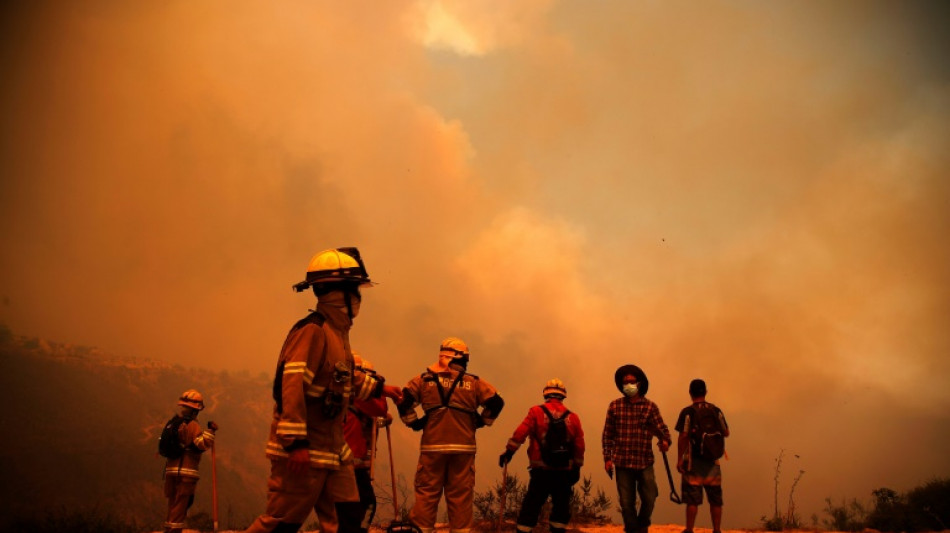
-
 Hawks guard Young poised to resume practice after knee sprain
Hawks guard Young poised to resume practice after knee sprain
-
Salah back in Liverpool fold as Arsenal grab last-gasp win

-
 Raphinha extends Barca's Liga lead, Atletico bounce back
Raphinha extends Barca's Liga lead, Atletico bounce back
-
Glasgow comeback upends Toulouse on Dupont's first start since injury

-
 Two own goals save Arsenal blushes against Wolves
Two own goals save Arsenal blushes against Wolves
-
'Quality' teens Ndjantou, Mbaye star as PSG beat Metz to go top
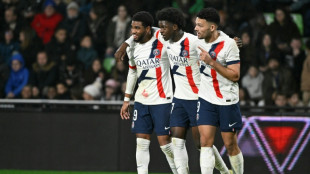
-
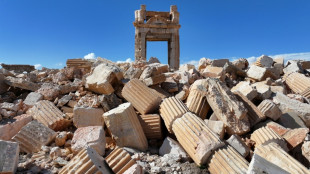 Trump vows revenge after troops in Syria killed in alleged IS ambush
Trump vows revenge after troops in Syria killed in alleged IS ambush
-
Maresca bemoans 'worst 48 hours at Chelsea' after lack of support
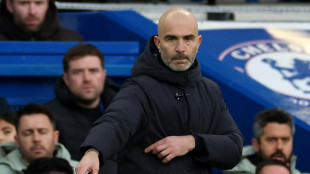
-
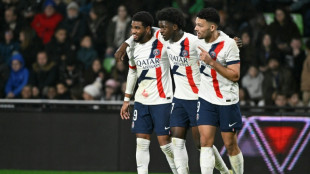 Teenage pair Ndjantou, Mbaye star as PSG beat Metz to go top
Teenage pair Ndjantou, Mbaye star as PSG beat Metz to go top
-
Drone strike in southern Sudan kills 6 UN peacekeepers
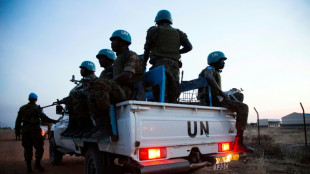
-
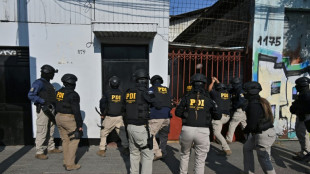 Crime wave propels hard-right candidate toward Chilean presidency
Crime wave propels hard-right candidate toward Chilean presidency
-
Terrific Terrier backheel helps lift Leverkusen back to fourth

-
 'Magic' Jalibert guides Bordeaux-Begles past Scarlets
'Magic' Jalibert guides Bordeaux-Begles past Scarlets
-
Teenage pair Ndjantou and Mbaye star as PSG beat Metz to go top
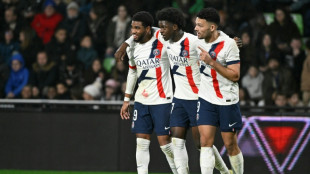
-
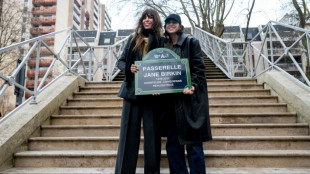 Anglo-French star Jane Birkin gets name on bridge over Paris canal
Anglo-French star Jane Birkin gets name on bridge over Paris canal
-
US troops in Syria killed in alleged IS ambush
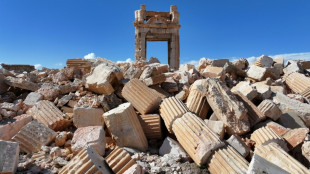
-
 Jalibert masterclass guides Bordeaux-Begles past Scarlets
Jalibert masterclass guides Bordeaux-Begles past Scarlets
-
M23 marches on in east DR Congo as US vows action against Rwanda
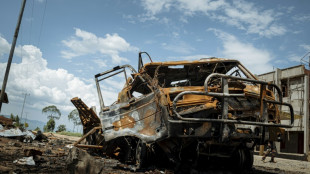
-
 Raphinha double stretches Barca's Liga lead in Osasuna win
Raphinha double stretches Barca's Liga lead in Osasuna win
-
Terrific Terrier returns Leverkusen to fourth

-
 Colts activate 44-year-old Rivers for NFL game at Seattle
Colts activate 44-year-old Rivers for NFL game at Seattle
-
US troops in Syria killed in IS ambush attack
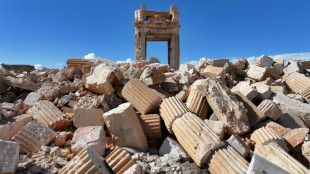
-
 Liverpool's Slot says 'no issue to resolve' with Salah after outburst
Liverpool's Slot says 'no issue to resolve' with Salah after outburst
-
'Stop the slaughter': French farmers block roads over cow disease cull
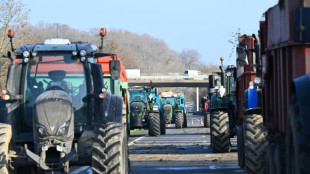
-
 Stormers see off La Rochelle, Sale stun Clermont in Champions Cup
Stormers see off La Rochelle, Sale stun Clermont in Champions Cup
-
Maresca hails Palmer as Chelsea return to winning ways against Everton

-
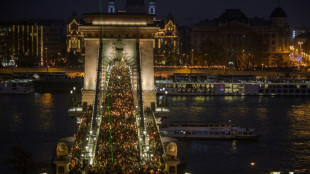 Hungarian protesters demand Orban quits over abuse cases
Hungarian protesters demand Orban quits over abuse cases
-
Belarus frees protest leader Kolesnikova, Nobel winner Bialiatski
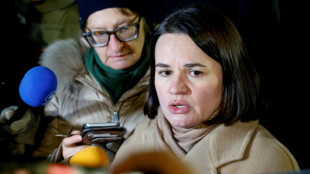
-
 Salah sets up goal on return to Liverpool action
Salah sets up goal on return to Liverpool action
-
Palmer strikes as Chelsea return to winning ways against Everton

-
 Pogacar targets Tour de France Paris-Roubaix and Milan-San Remo in 2026
Pogacar targets Tour de France Paris-Roubaix and Milan-San Remo in 2026
-
Salah back in action for Liverpool after outburst

-
 Atletico recover Liga momentum with battling win over Valencia
Atletico recover Liga momentum with battling win over Valencia
-
Meillard leads 'perfect' Swiss sweep in Val d'Isere giant slalom

-
 Salah on Liverpool bench for Brighton match
Salah on Liverpool bench for Brighton match
-
Meillard leads Swiss sweep in Val d'Isere giant slalom

-
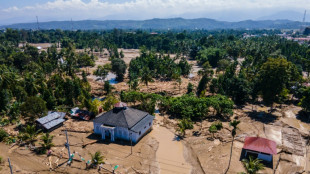 Indonesia flood death toll passes 1,000 as authorities ramp up aid
Indonesia flood death toll passes 1,000 as authorities ramp up aid
-
Cambodia shuts Thailand border crossings over deadly fighting

-
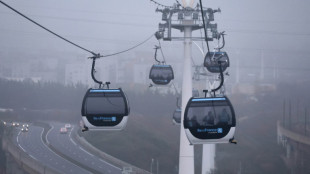 First urban cable car unveiled outside Paris
First urban cable car unveiled outside Paris
-
Vonn second behind Aicher in World Cup downhill at St Moritz

-
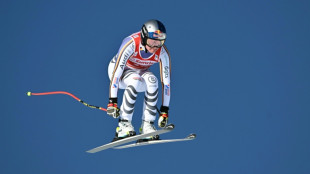 Aicher pips Vonn to downhill win at St Moritz
Aicher pips Vonn to downhill win at St Moritz
-
Thailand says 4 soldiers killed in Cambodia conflict, denies Trump truce claim

-
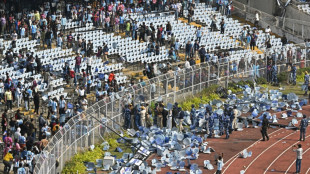 Fans vandalise India stadium after Messi's abrupt exit
Fans vandalise India stadium after Messi's abrupt exit
-
Women sommeliers are cracking male-dominated wine world open
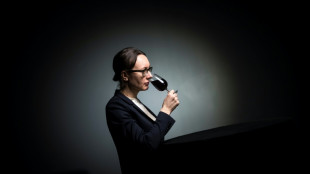
-
 Exhibition of Franco-Chinese print master Zao Wou-Ki opens in Hong Kong
Exhibition of Franco-Chinese print master Zao Wou-Ki opens in Hong Kong
-
Myanmar junta denies killing civilians in hospital strike
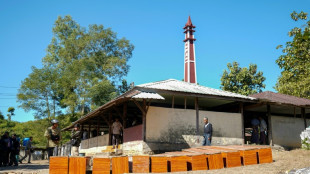
-
 Why SpaceX IPO plan is generating so much buzz
Why SpaceX IPO plan is generating so much buzz
-
Thailand continues Cambodia strikes despite Trump truce calls

-
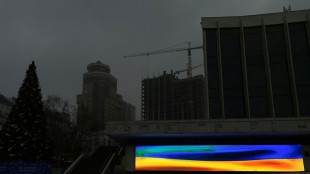 US envoy to meet Zelensky, Europe leaders in Berlin this weekend
US envoy to meet Zelensky, Europe leaders in Berlin this weekend
-
North Korea acknowledges its troops cleared mines for Russia


What to know about Chile's voracious wildfires
Coming in the middle of a fierce heatwave, Chile's forest fires engulfed communities with a destructive speed that has stunned the nation.
This is what you need to know about the country's deadliest wildfires in recent history:
- Why did fire spread so quickly? -
Summer is in full swing in Chile and a brutal heatwave has seen temperatures reach 40 degrees Celsius (104 degrees Fahrenheit) since last week.
On Friday, several fires broke out in the mountains that overlook the seaside town of Vina del Mar and other locations in the coastal Valparaiso region, some 120 kilometers (74 miles) from the capital Santiago.
Professor Miguel Castillo from the University of Chile's Faculty of Forestry Sciences said the ferocious heat and strong winds formed a "disastrous" combination.
He explained that when vegetation or garbage burns, light, hot air is generated which "lifts ignited particles or embers that travel hundreds of meters, causing satellite" fires.
On the hilly slopes of the coastal region, flames move faster downwind, exacerbating the danger.
On Sunday night some 40 fires remained active in the country.
- Why was the fire so deadly? -
At least 112 people have been killed, and almost one hundred are still missing. President Gabriel Boric has warned the toll could rise "significantly."
The fires engulfed densely populated hilltop communities, mainly in Vina Del Mar -- a popular tourism spot known for beaches and botanical gardens.
In one suburb alone, Villa Independencia, 19 people were killed and thousands of homes razed.
Here, families live crowded in homes built of light materials such as wood.
Flames tore through the narrow streets snaking through the hills, with cars exploding where they stood parked outside homes, according to survivors.
Authorities are investigating why residents did not flee, despite being urged to via messages sent to cellphones.
"Alarms were raised, but the evacuation apparently did not work," said Horacio Gilabert, from the Global Climate Change Center of the Catholic University of Chile.
- What started the fires? -
Boric said authorities were investigating "the possibility that the fires were deliberate."
According to the National Forestry Corporation (Conaf), 99.7 percent of fires in the country are started intentionally or through recklessness.
In the current crisis, "simultaneous outbreaks occurred, and that is totally abnormal," said the professor Castillo.
He said that the deliberate starting of fires was "steadily increasing" despite this drawing prison sentences of up to 20 years. Perpetrators are however rarely caught.
- Is climate change to blame? -
The effects of the El Nino weather phenomenon have become more intense in this part of the world, due to global warming caused by human activity, scientists say.
El Nino raises the temperature of the Pacific Ocean, causing flooding in some areas, and droughts in others.
"A change of just a few degrees in the Tropical Pacific can make the difference between a relatively mild forest fire season and a widespread catastrophe," climatologist Raul Cordero said in a study recently published by the Nature journal.
In the midst of a long drought, Chile experienced an unusual bout of rains last year which led to the growth of scrubland which serves as kindling during wildfires.
- How is Chile tackling the fires? -
Authorities have deployed some 1,400 firefighters and 1,300 soldiers and volunteers to fight the blazes.
They are backed by 31 helicopters and planes equipped to carry water.
Boric, who has increased the budget to fight and prevent fires by 47 percent in his almost two years in office, declared a state of emergency.
A curfew has been imposed in parts of Valparaiso to free up roads for emergency vehicles.
However, the emergency services lack important capabilities, including equipment to fight fires at night.
"As a result, the likelihood that all work done during the day will be lost at night is very high," Michel De L'Herbe, an expert in crisis management, told the radio station Cooperativa.
L.AbuTayeh--SF-PST

